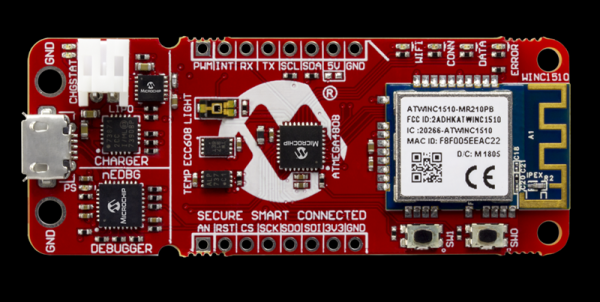Steve Jobs was actually a good designer and CEO. This is a statement that would have been met with derision in 2010, with stories of a ‘reality distortion field’. We’re coming up on a decade in the post-Jobs era, and if there’s one thing the last seven or eight years can tell us, it’s that Jobs really, really knew how to make stuff people wanted. Apart from the iPhone, OS X, and the late 90s redesign of their desktops, the most impressive thing Jobs ever did was NeXT. Now there’s book that describes the minutia of all NeXT hardware. Thanks to the Adafruit blog for pointing this one out.
Speaking of Apple, here’s something else that’s probably not worth your time. It’s a highly exclusive leak of upcoming Apple hardware that’s sure to change everything you know about tech. Really, it’s a floating hockey puck branded with the Apple logo. No idea what this is, but somebody is getting some sweet, sweet YouTube ad revenue from this.
A few years ago, [Tom Stanton] built an electric VTOL plane. It looked pretty much like any other foam board airplane you’d find, except there were motors on the wingtips a lá an Osprey. Now, he’s massively improving this VTOL plane. The new build features a 3D printed fuselage and 3D printed wing ribs to give this plane a proper airfoil. Despite being mostly 3D printed, this VTOL plane weighs less than half of the first version. Also, a reminder: VTOL planes (or really anything that generates lift from going forward) are the future of small unmanned aerial craft. Better get hip to this now.
Next weekend is the Hackaday Superconference, and you know we’re going to have an awesome hardware badge. It’s a badge, that’s a computer, and has a keyboard. What more could you want? How about an expansion header? Yeah, we’ve got a way to add a shift register and 8 LEDs to the badge. From there, you can do just about everything. Who’s going to bring an old parallel port printer?






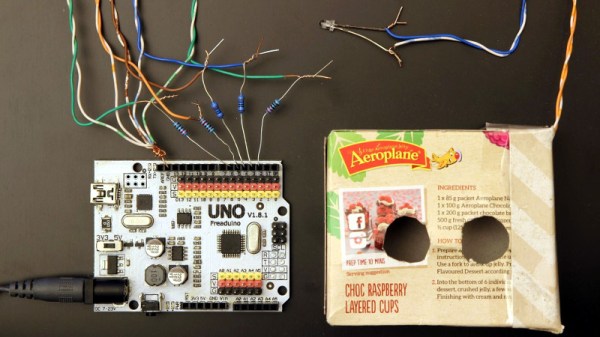

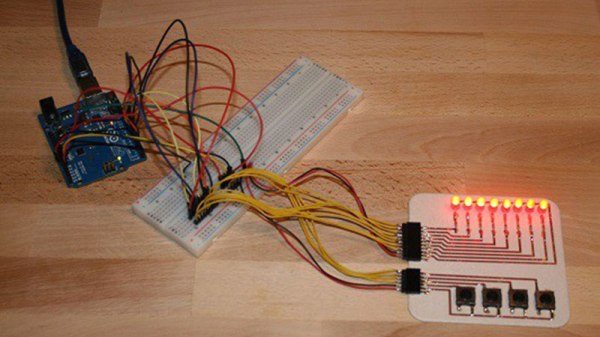
 While similar to the use of copper tape laid out by hand, as
While similar to the use of copper tape laid out by hand, as 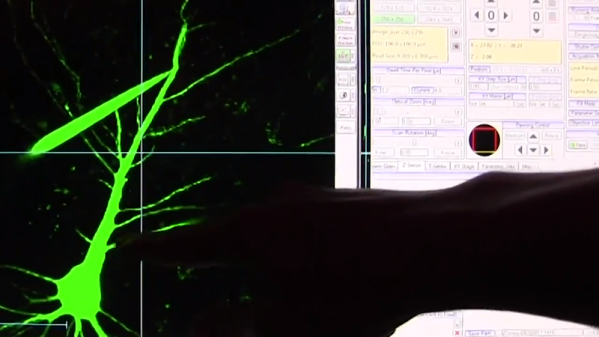

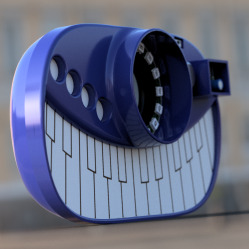 The unit’s stylus and PCB key interface resemble a
The unit’s stylus and PCB key interface resemble a 